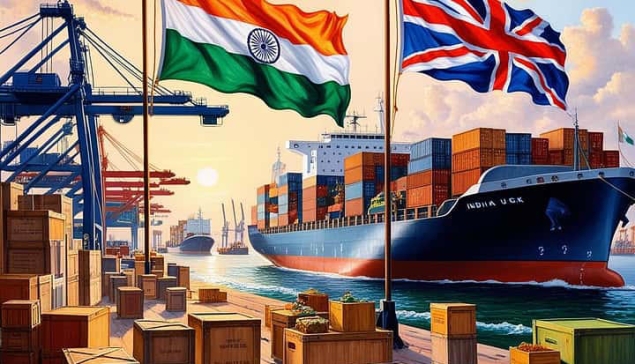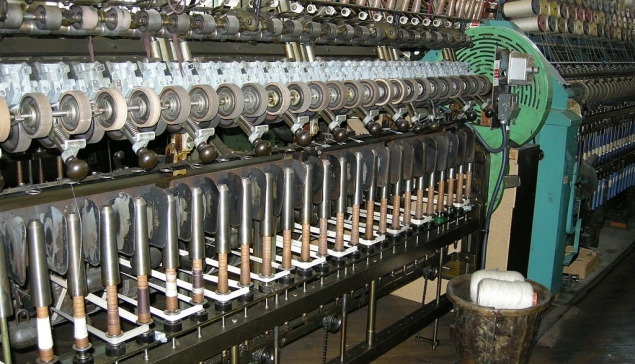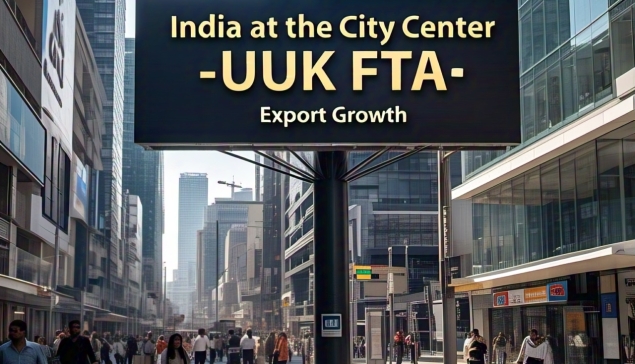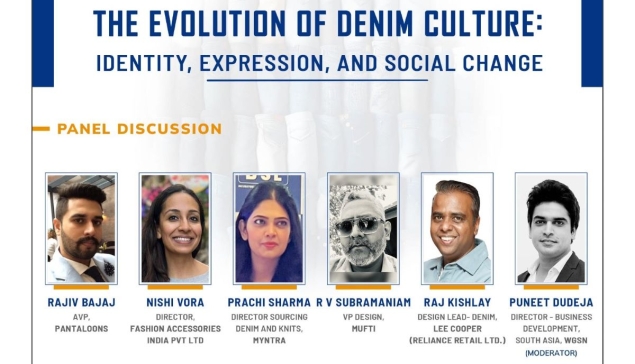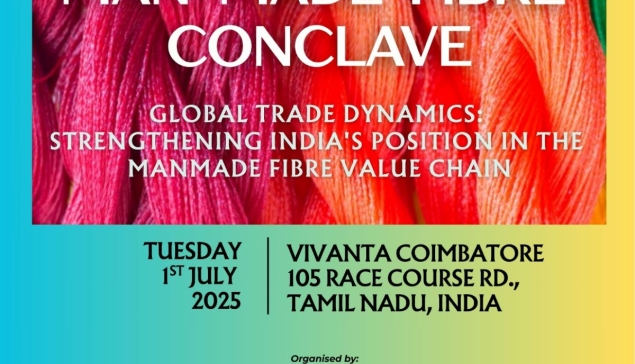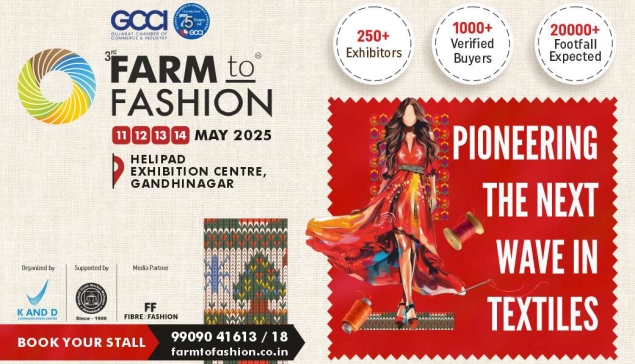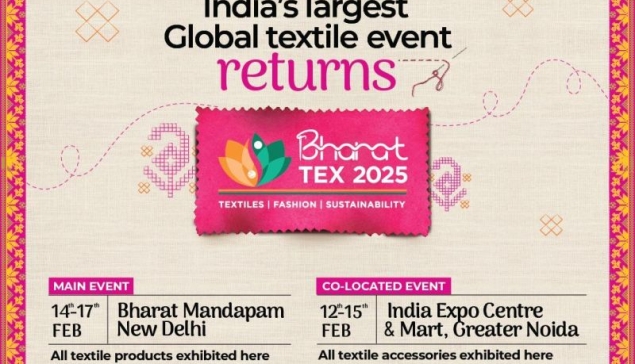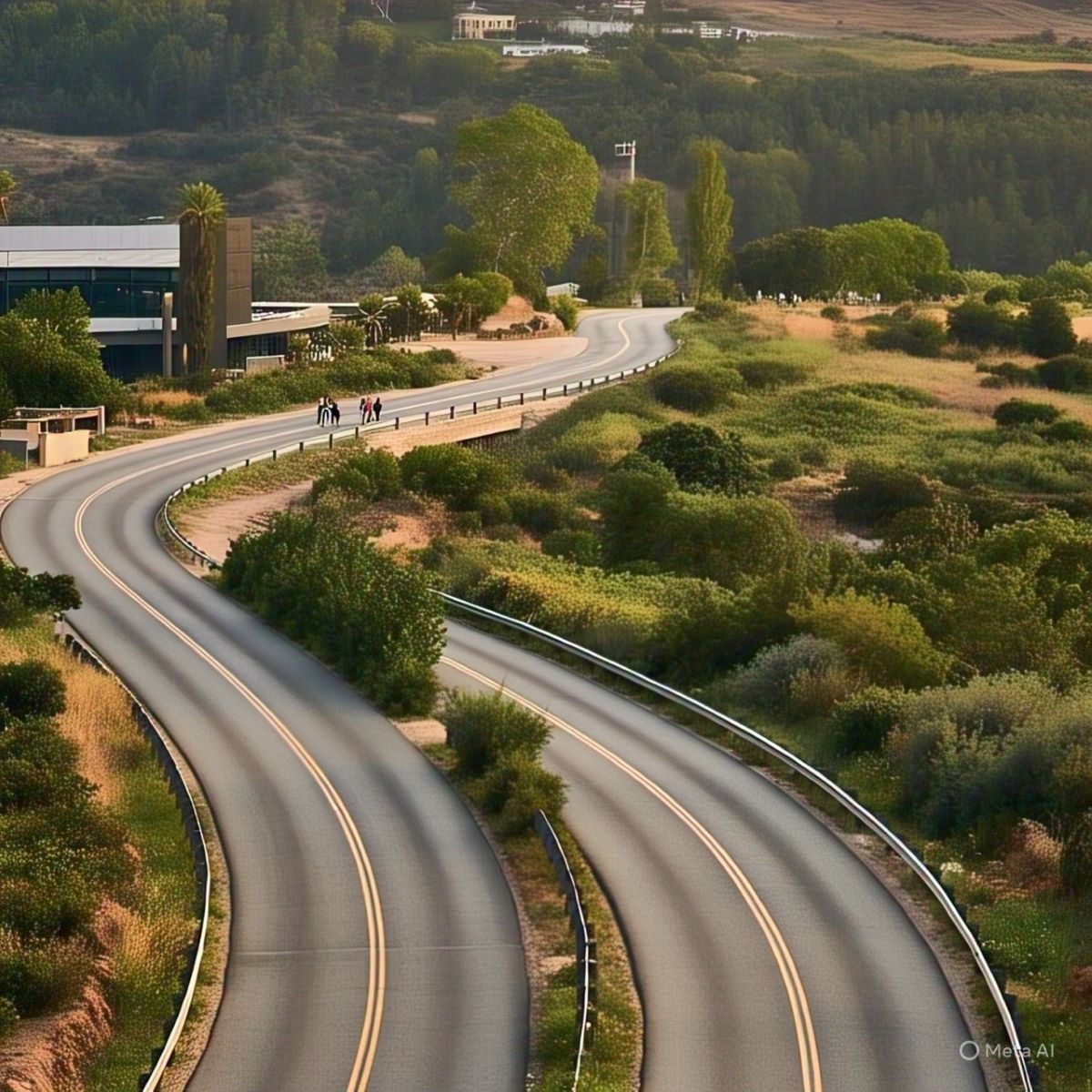The wonders textiles can produce - and the waste they leave behind. While fashion has long been a symbol of creativity and culture, it has also evolved into one of the most resource-intensive and polluting industries globally. Fortunately, the winds are shifting.
Sustainability is no longer a niche idea; it is increasingly seen as a business imperative.
But we must be honest: despite meaningful progress, countries like India have a long journey ahead if they are to lead the sustainable fashion revolution.
Rethinking Materials : From Field to Fabric
One of the most encouraging developments is the rising adoption of eco-conscious materials. Organic cotton - grown without synthetic pesticides - has gained ground, especially in India, which remains the world’s largest producer.
Hemp is another underutilized hero; it’s resilient, water-efficient, and already has a cultivation base in parts of India and Nepal. Wood pulp-derived materials like TENCEL™ are also showing promise, using closed-loop processes that recycle water and solvents.
We’re now seeing even more novel solutions gaining traction. Piñatex (from pineapple leaves), Mylo (from mushrooms), and cactus-based leathers are not just experimental concepts—they’ve been embraced by brands like Stella McCartney and Adidas. These innovations reflect a future where sustainability and performance are no longer at odds.
Why the Industry’s Footprint Still Looms Large
Despite these innovations, the broader industry remains deeply unsustainable. Fashion uses over 200 trillion liters of water annually and contributes up to 10% of global carbon emissions - more than aviation and shipping combined.
Fast fashion, dominated by polyester-based garments, releases hundreds of thousands of tons of microfibers into oceans every year. Waste is another gaping issue. It’s estimated that 85% of all textiles end up in landfills or incinerators.
Brands like Patagonia and Eileen Fisher have introduced take-back and repair programs, and resale platforms like ThredUp and The RealReal are booming. But scale remains limited, especially in Asia, where circular economy models are still in their infancy.
India’s Strengths : And Its Bottlenecks
India has inherent strengths. Our traditions - khadi, handloom weaving, and natural dyes - are some of the most sustainable textile practices anywhere. We have raw material advantages in organic cotton, jute, and even emerging alternatives like lotus and banana fiber.
However, scaling these sustainably while preserving their environmental integrity is not easy. Traditional production must be modernized with updated tools, better quality control, and access to global markets. The ecosystem - government, industry, and academia - must work in unison. Institutions like NITRA and CIRCOT need to bridge the lab-to-factory gap, fast.
The Consumer Challenge
Consumer behaviour, especially in India, poses another major challenge. While surveys show growing global awareness - 67% of shoppers value sustainable materials - Indian consumers still prioritize price over impact. Until awareness deepens and disposable incomes rise, demand will be limited.
That said, Gen Z is showing promise. Thrifting, renting, and upcycling are gaining popularity among younger buyers, even in urban Indian markets. Brands like Veja and Pangaia are proving that eco-fashion can be aspirational.
Looking Ahead
The future of sustainable fashion is hopeful, but it requires both vision and action. In the West, regulation is tightening - Europe aims for all clothing to be recyclable or durable by 2030. India must not be left behind.
Stronger policies, clearer certification systems, and better consumer education are urgently needed. Sustainable fashion is not just a moral imperative - it is an economic opportunity. For India and the rest of Asia, the time to act is now.
CREDITS: Tushar Kansal, Kansaltancy Ventures, the writer has a B.Tech in Textiles, 1998 Batch, from TITS, Bhiwani, affiliated with the “Textile Institute Manchester, UK,” and part of the leading industrial education house in India, “The Birla Group.”


